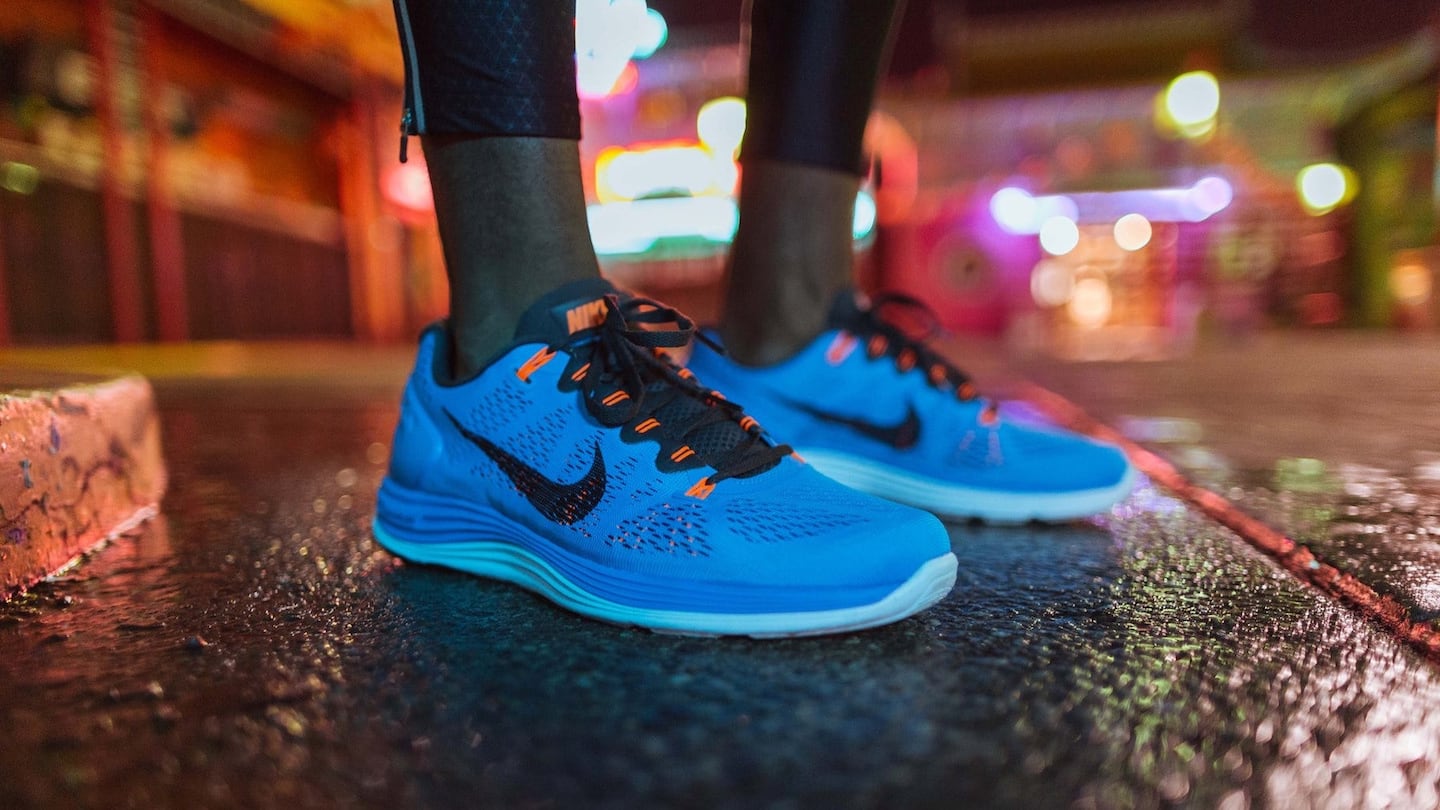
The Business of Fashion
Agenda-setting intelligence, analysis and advice for the global fashion community.

Agenda-setting intelligence, analysis and advice for the global fashion community.

NEW YORK, United States — America's corporate bosses could be excused if they don't agree with President Donald Trump's boasts that a trade war is "easy to win." They can just reflect on the levers of pain China pulled against South Korean-owned businesses last year to imagine a state-nudged boycott against Starbucks or shut-down of Nike's factories.
China vows to retaliate against all US tariffs but hasn’t announced a response to Trump’s proposal to put duties on another $200 billion in Chinese imports next month. Since that’s more than the value of all US exports to China, the Asian nation will need more than tit-for-tat tariffs to punch back.
If China employs a similar strategy to the one used when its neighbour installed a missile defense system — shuttering stores and factories owned by South Korean companies and stoking boycotts — a slew of US brands could pay dearly. That’s because China is both an essential supplier and also the biggest growth market for many US companies.
Here’s a rundown of three brands at risk:
ADVERTISEMENT
Nike
Just last year, China showed that it wasn't afraid to poke Nike when a programme on state-run television criticised it for false advertising. That's troubling for the world's largest sports brand because consistent growth in China stabilised Nike Inc. when it struggled to fend off competition in the US. Revenue in China surged 21 percent in the past year to $5.13 billion, growing to 14 percent of Nike total sales. Meanwhile, revenue in North America declined about 2 percent. And China is a major supplier, too, producing about one-fifth of all its goods.
While many US brands have been reducing risk in China, Michael Kors Holdings Ltd. in 2016 acquired direct control of its business there from a licensee. The division included more than 100 stores and about $200 million in revenue. The move was seen as a way to offset slowing sales in other regions. The luxury purveyor also makes a lot of its goods in China, with one manufacturing partner accounting for 20 percent of its products.
Steve Madden
The shoe and handbag brand sources more than 90 percent of its goods from China, meaning any kind of serious disruption to its supply chain would have a huge impact. And while China is a small market at this point for Steven Madden Ltd. — it generates 90 percent of its revenue in the US — the region is a source of growth.
“Long term, we remain very optimistic about the opportunity there,” Steve Madden chief executive Edward Rosenfeld said last month on a call with analysts. “We’re going to ramp up marketing.”
By Matt Townsend, with assistance from Leslie Patton, Bruce Einhorn and Sohee Kim; Editors: Anne Riley Moffat and Kevin Miller.
From analysis of the global fashion and beauty industries to career and personal advice, BoF’s founder and CEO, Imran Amed, will be answering your questions on Sunday, February 18, 2024 during London Fashion Week.
The State of Fashion 2024 breaks down the 10 themes that will define the industry in the year ahead.
Imran Amed reviews the most important fashion stories of the year and shares his predictions on what this means for the industry in 2024.
After three days of inspiring talks, guests closed out BoF’s gathering for big thinkers with a black tie gala followed by an intimate performance from Rita Ora — guest starring Billy Porter.